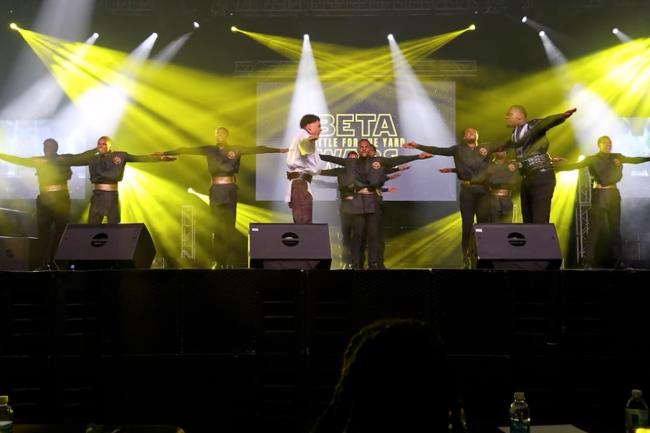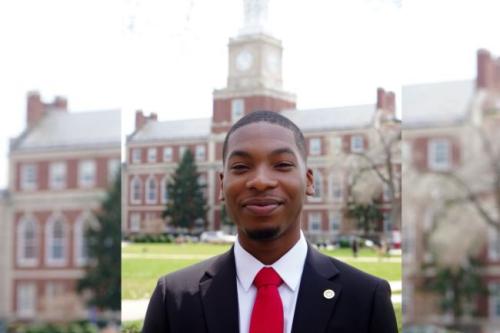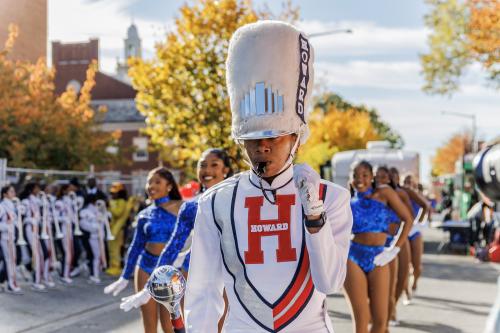Each October, Howard University’s Greek Step Show transforms Burr Gymnasium into a living archive—part competition, part cultural memory—where precision footwork, rhythms, and call-and-response chants link generations of Bison and the wider Black Greek world.
The artform at the heart of the night is a percussive performance style that turns the body into an instrument through synchronized stomps, claps, chants, and song, often arranged with military-sharp formations and theatrical storytelling. Its roots reach back to African and African American expressive traditions of body percussion and collective rhythm.
Over the 20th century, it was shaped and popularized on college campuses by historically Black fraternities and sororities, whose members fused song, chant, and drill-like movement into a distinctive ensemble language. By mid-century, informal “Greek sings” evolved into full productions: public showcases where chapters displayed creativity, discipline, and pride before campus audiences. Accounts point to Howard University as the site of the first widely recognized “official Greek Show” in 1976, a milestone that signals how the form matured from campus ritual to stagecraft.
Howard’s centrality to stepping is inseparable from its role in Black Greek life itself. Several National Pan-Hellenic Council (NPHC) organizations—among them Omega Psi Phi (1911), Delta Sigma Theta (1913), Phi Beta Sigma (1914), and Zeta Phi Beta (1920)—were founded at Howard, making the campus a crucible for Black fraternal culture, pageantry, and performance. As the Smithsonian National Museum of African American History and Culture notes, many Black Greek Letter Organization (BGLO) traditions trace back to The Mecca, and stepping is one of the most visible of those traditions today.
Within that lineage, the Homecoming Greek Step Show stands out as a signature rite. The event annually assembles Howard chapters of the “Divine Nine” to compete for bragging rights before an electric crowd of students, alumni, and families. Productions blend historical references, contemporary music, acrobatics, sorority and fraternity calls, and narrative themes—an aesthetic that honors ancestors while speaking the vernacular of the present. Recent shows have sold out Burr Gymnasium and anchored the Homecoming week’s marquee slate, underscoring the Step Show’s role as both entertainment and intergenerational gathering.
If Homecoming is where Bison come home to heritage, the Step Show is where that heritage moves, literally. It is a performance tradition that carries the discipline of The Yard into the spotlight, connects Howard’s founding Black Greek chapters to their modern heirs, and reminds the audience that rhythm can be both art and archive—an embodied history you can feel through the floorboards of Burr. And each year, when the drumless thunder of hands and heels rises together, it affirms why stepping, and Howard’s stewardship of it, remains a defining heartbeat of Homecoming.





